During the summer, at the Barbel Society show I met Andrea on the National Anguilla Club stand. The eel is a species that I have always been fascinated with so I was very intrigued to find out more about their club and their work to support the preservation and conservation of eels and eel angling.
Can you give us some background information on the National Anguilla Club?
The National Anguilla Club was formed in 1962 when 8 eel anglers formed a specialist angling group. The oldest known surviving member, Arthur Sutton, passed away at the start of October this year, and will be very sadly missed by those that knew him. He will be remembered at our forthcoming annual Winter Social event, attended by NAC members from up and down the UK.
The club was formed to study Anguilla Anguilla the freshwater eel and being fishermen, catching them as well. During those early years extensive study was made using the otolith bone, situated in the eel’s head, mainly to assess the eels age this involved killing the eels and extracting the bone. Eels were 95% more abundant in those days but this practice was stopped early on in the clubs life due to eel welfare.
The club is involved in angling politics with emphasis on the preservation and conservation of eels and eel angling. We have in the past worked with other eel groups and formed the “Eel Conservation Society” which was absorbed into the NAC a few years later as their political wing. We have also been closely involved with initially The National Association of Specimen Groups, which turned into The National Association of Specialist Anglers then The Specialist Anglers Conservation Group finally The Specialist Anglers Alliance.
During its years the NAC has won public enquiries set up by the Minister of Agriculture Fisheries and Food against water authorities who have tried to ban night fishing and close season fishing for eels. We initiated the campaign against eel netter’s in the early 1970s and at the same time began the national campaign to try and get anglers to return all eels to the water after capture, especially those over 2lb in weight. The age of an eel of 2lbs would be approximately 20 years of age. The campaign “Put Eels Back Alive” was begun by members of the NAC back in the 70’s and notable eel anglers like John Sidley were amongst the first to highlight the worrying decline in eel populations over 30 years ago
The majority of members fish for eels during the more prolific summer months, say April to October. But a few of us fish all year round on waters that can and do produce during the colder months.
The NAC celebrated its 50th year last year and now has over 100 members with a passion for eel fishing. Current members have an incredible list of PB’s to their name, with the largest capture standing at 9lb 13oz by Steve Ricketts in June 2012, with a 9lb 10oz eel in June 2010 and a 9lb 1oz eel in June 2012 as well. The club’s best brace of 9lb 2oz and 8lb 2 oz. was caught by Nick Rose in September 2011 and Barry McConnell landed a 9lb 2oz eel in August 2009. It is hoped that the current record of 11lb 2oz will fall to an NAC member.
We still work to ensure that conservation of the species is kept on the agenda by educating other anglers on how to handle and return eels alive after capture, by asking anglers to consider not using eel section as bait, and by challenging and working with other bodies such as Angling Trust and the EA to make sure current legislation to protect the eel is enforced and improved.
How has the eel fishing been over the summer? I’ve seen some great pics in the weekly press.
The cold spring had a big effect on eeling this year and the season was slow to get going but has produced a 9lb 8oz eel to one of our members in June, and a new Junior record of 5lb 2oz in May. One of the things we are very keen to promote is the correct weighing and measuring of eels caught by our members. Eels are tricky to handle and weights should never be estimated. Some eels featured in the press recently would not necessarily compare well against the “same” weights caught and verified by NAC members; however camera angles and difficult eels mean that photographs alone are not always an accurate assessment of a fish. The recent “record breaking” claim of an eel over 11lb was clearly an over exaggeration though, when compared to the present record of 11lb 2oz.
How long have eel numbers in the UK been in decline and how serious is the problem?
The decline was first noticed in the 70’s and notable eel anglers like John Sidley, commented publicly on the numbers of eels, predicting the crisis we have now where the population of returning elvers has seen a 98% fall and the European eel, Anguilla Anguilla is on the critically endangered list of CITES. The elver run this year was better than expected; however it will take decades for the eel to recover, and the continuing exploitation of eels for food will put more pressure on dwindling numbers. The eel cannot be farmed, as it spawns in the Sargasso Sea and its larval stage takes up to 3 years to drift across the Atlantic Ocean before reaching European shores as glass eels. These tiny creatures are netted by the tonne and sold on to companies which grow them to a size that the global food industry will use. Eels and elvers are a delicacy around the world, and in particular Holland and Japan import hundreds of tonnes. The netted elvers are taken directly from stock that should be maturing in our waters for 10-20 years then returning to the Sargasso Sea to spawn the next generation. They are “farmed” artificially to grow them into saleable eels which are transported live across the globe, with any casualties being sold to the fishing bait industry. Classing these eel products, whether on a dinner table or a fishing hook, as “sustainably sourced” is fallacy and something the NAC, for one, is keen to dispel.
There has been a big outcry to stop using eels to catch pike and other predators. Do you think anglers are getting the message?
Hopefully yes. It will take time, as there are new anglers coming into the sport all the time, and older ones who still fish the way they first did, when Adam was a lad. Some habits are harder to break than others. However, by educating anglers that they cannot take any eels from any water in the UK or for up to 6 nautical miles from the coast, and certainly cannot kill any eel they catch for use as bait or to take home for the pot, we hope that each eel caught has a better chance of being returned alive and well. We are also asking anglers to consider where the eel on sale as bait has come from before they purchase it. An informed choice should be a good one, we hope. If anglers object to the large scale exploitation of eels by industries that take and farm elvers then they shouldn’t feel comfortable with supporting the same industries through the backdoor by buying the dead cast offs from the eel farming process.
Do you think that the eel as a species receive enough attention from organisations such as the Environment Agency or Angling Trust?
The Angling Trust and EA do take eel conservation seriously and work very hard to spread the word and protect the eel stocks we have. More is always better though! There are lots of other groups that work to raise awareness about the eel and the press can help too.
If someone wanted to get into eel fishing, what would be your initial advice to get them started?
Take a look at websites like www.nationalanguillaclub.co.uk, www.eelfishing.co.uk and Facebook pages like Eel Fishing for some tips and advice on what to try from other eel anglers. Find a water that no-one has eel fished before and try it. If someone tells you, “There’s no eels in there!” then that’s a great place to start. Keep rigs simple, try worm and dead bait to see which is favoured by the eels in that water. You’ll often find that eels will go for one type of bait more than the other in a particular water so it’s just a case of working out whether they are invertebrate feeders or fish feeders. And be prepared for a lot of blank sessions too. This is part and parcel of eel fishing!
What top handling tips would you give someone if they happen to catch an eel?
We advise that all potential eel bites/takes should be struck as early as possible so as to reduce the potential of deep hooking. Once an eel has been hooked and landed we advise the eel to be moved away from the water’s edge and laid on a soft material such as an unhooking mat.
If the eel is found to be uncontrollable we recommend covering the eel’s eyes with a wet dark material such as a retention sack. Gently sooth your wet hands down the sides of the eel and you will find it calms down. Alternatively turn the eel on its back and straighten it out. This puts the eel into a sort of coma or induced calm. Be very careful using this method as prolonged time left in this position could damage the eel and eventually lead to death. Please as with other species keep your hands and the eel wet as failure to do this will result in the removal of too much of its protective layer of slime which the eel needs to protect it from infections.
It has been suggested in angling publications and on the few TV programs the eel has been highlighted, that the use of dry newspaper, towels or your landing net to grip the eel is recommended. This is NOT the case and irretrievable damage can be done to the eel, removing its protective slime with these dry items.
Once the eel has been calmed down by gentle handling the capture should assess the location of the hook. If it is visible in the lip or at the front of the mouth, strong forceps can be used to remove the hook. If the hook is out of sight we strongly advise against the use of a disgorger, as these have the potential to puncture vital organs that are situated just behind the eels head. We advise if the hook is not visible or easily removed then the line or trace should be cut as close to the hook or eels mouth as possible, leaving the hook in place. The eel’s digestive acids are capable of disintegrating hooks in time, or as has happened many time the eel regurgitates the hook and trace overnight in the retention sack.
On saying all this please help the situation by not letting deep hooking happen, remember strike early.
When you come round to photographing your prize then remember the golden rule. If you grip hard and fight with the eel it will fight back. Lift the eel gently and pose, sounds easy doesn’t it. If it struggles lay it back down and cover its eyes and sooth it as explained in the previous paragraph. Remember all of the eels vital organs are just behind the head so a tight grip here will certainly irrevocably damage the eel. The best way is to gently hold the eel some few inches from the head and under the main body around the anal area. Many methods of holding eels have been seen in the press including inserting a finger in the eels gill and lifting it up, stringing them up on cord or hanging them on barbed wire. All these are barbaric and show a total disregard for the species. If you get chance to see the Geoffrey Palmer Angling TV show (The Complete Angler) which had a 15min bit on eels and eel fishing you will see two experienced anglers totally flabbergasted at the control that NAC member Steve Rickets over the eels caught. The respect he showed the eel and instilled into the two others was brilliant.
Please remember these few tips.
Strike ASAP to cut the chances of deep hooking, remember if it has not got the bait in a hookable position in its mouth its probably small and not the big eel you’re after
Keep the eel calm and moist. Fight with it and it will fight back
Treat the eel with the utmost respect as this fish is probably the oldest and most well-travelled beast you will get your hands on.
- Strike ASAP to cut the chances of deep hooking, remember if it has not got the bait in a hookable position in its mouth its probably small and not the big eel you’re after
- Keep the eel calm and moist. Fight with it and it will fight back
- Treat the eel with the utmost respect as this fish is probably the oldest and most well-travelled beast you will get your hands on
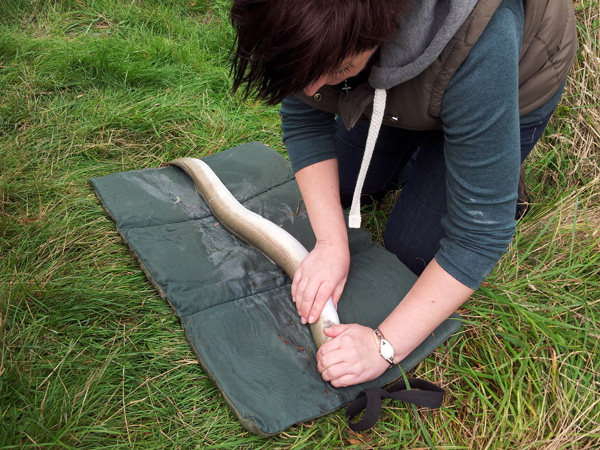
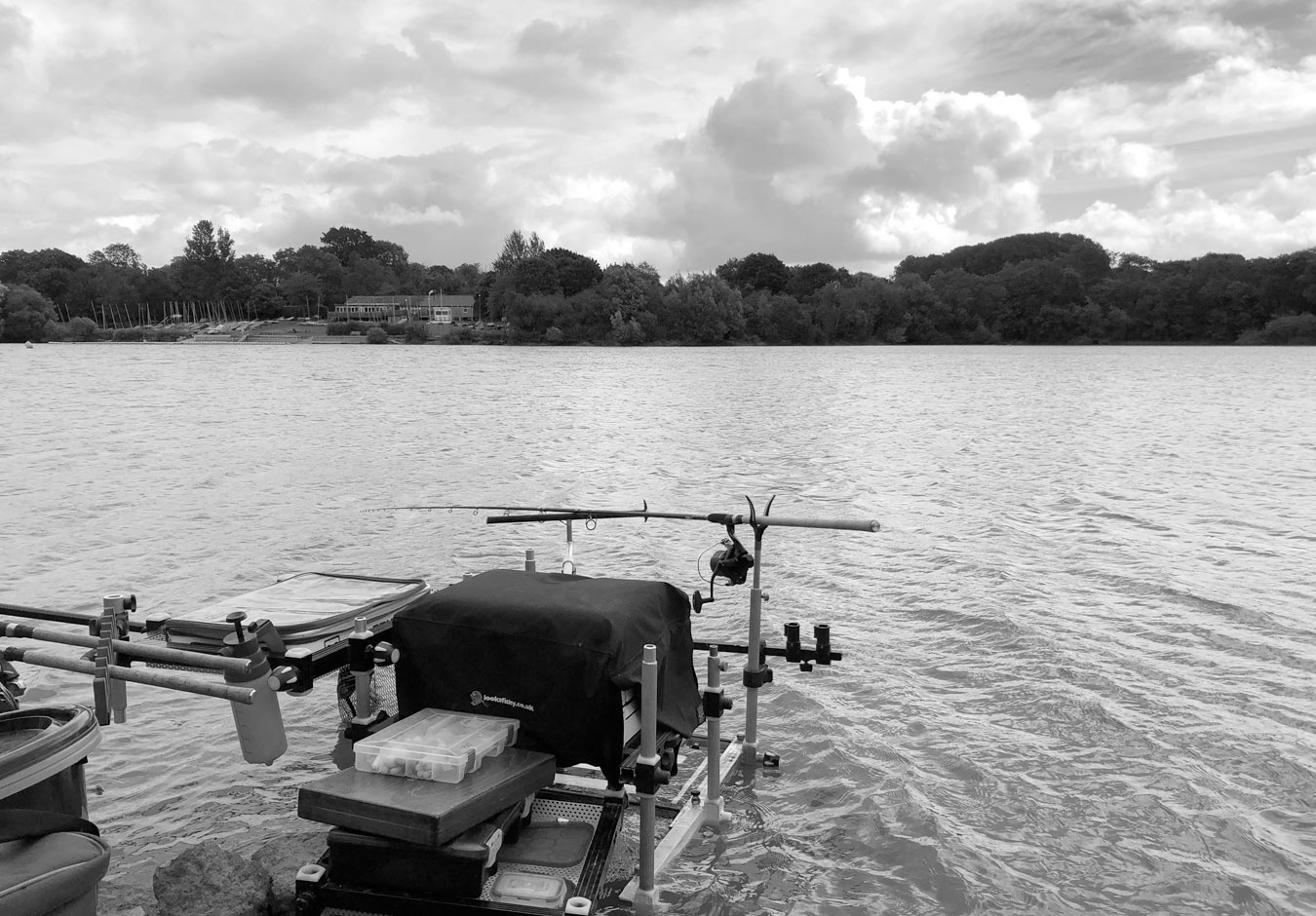





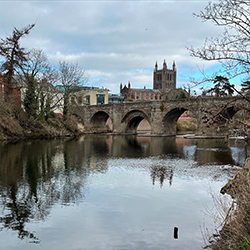
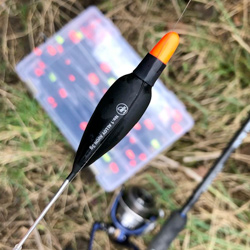

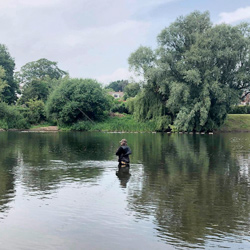
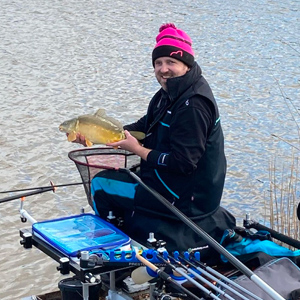
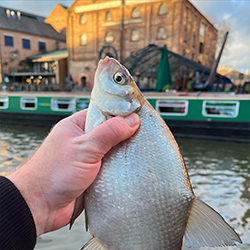
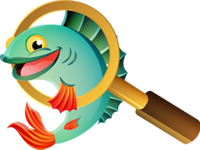
Have not looked at eels for many a year but I joined NAC in 1962/3 via Angling Times and moved to London in 1964. Sorry to see Arthur Sutton not with us anymore as we used to fish most weekends on the Thames and the Gravel Pits around Heathrow….until I married and moved to Bedford in 1971.
Later members were Jim Gibbinson,Bob Church,Dr Terry Coulson & Fred Wagstaffe, all known anglers.
Glad to see it is still on the go.